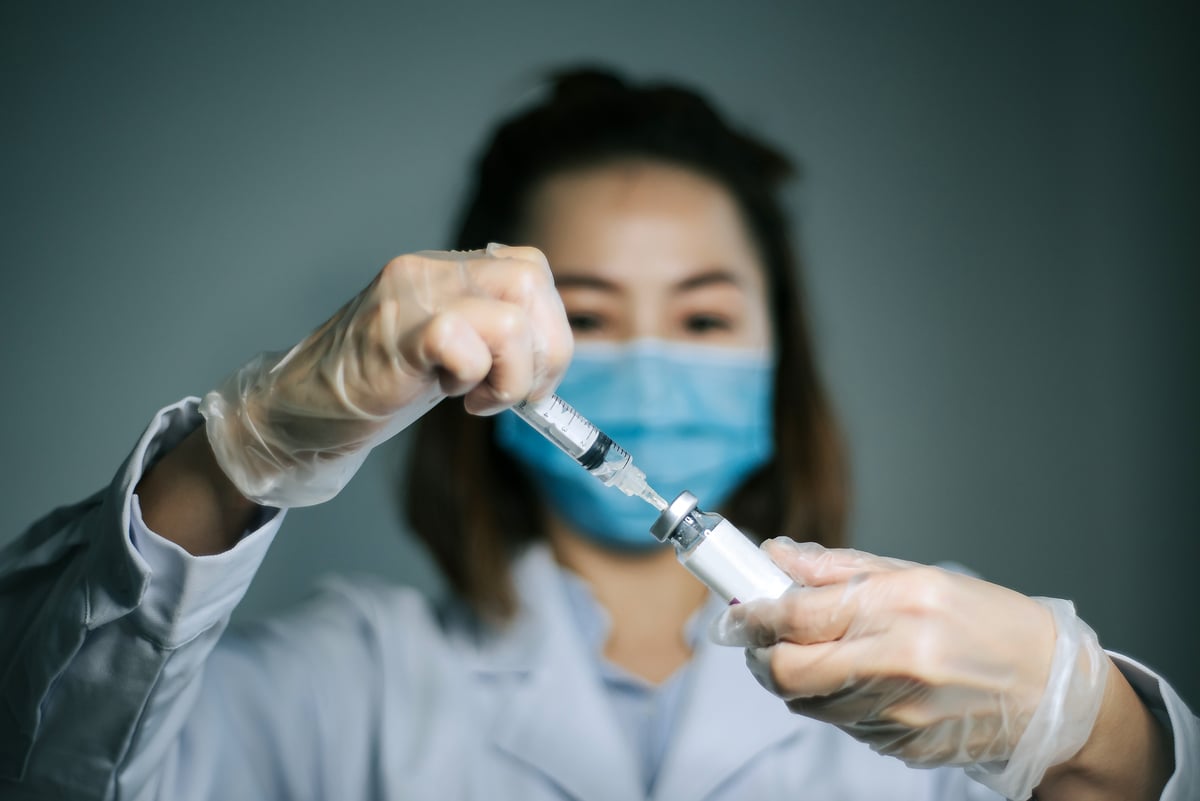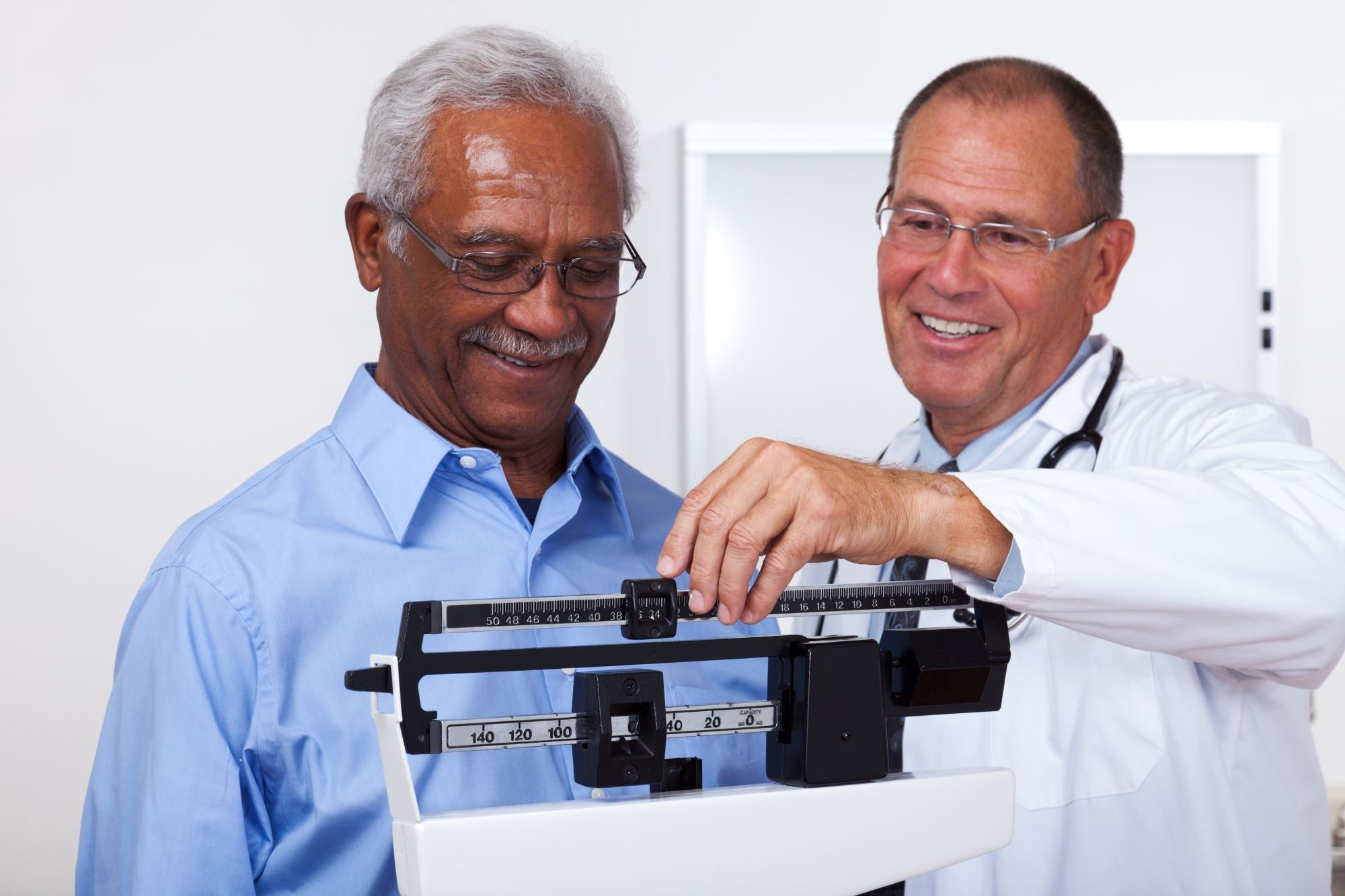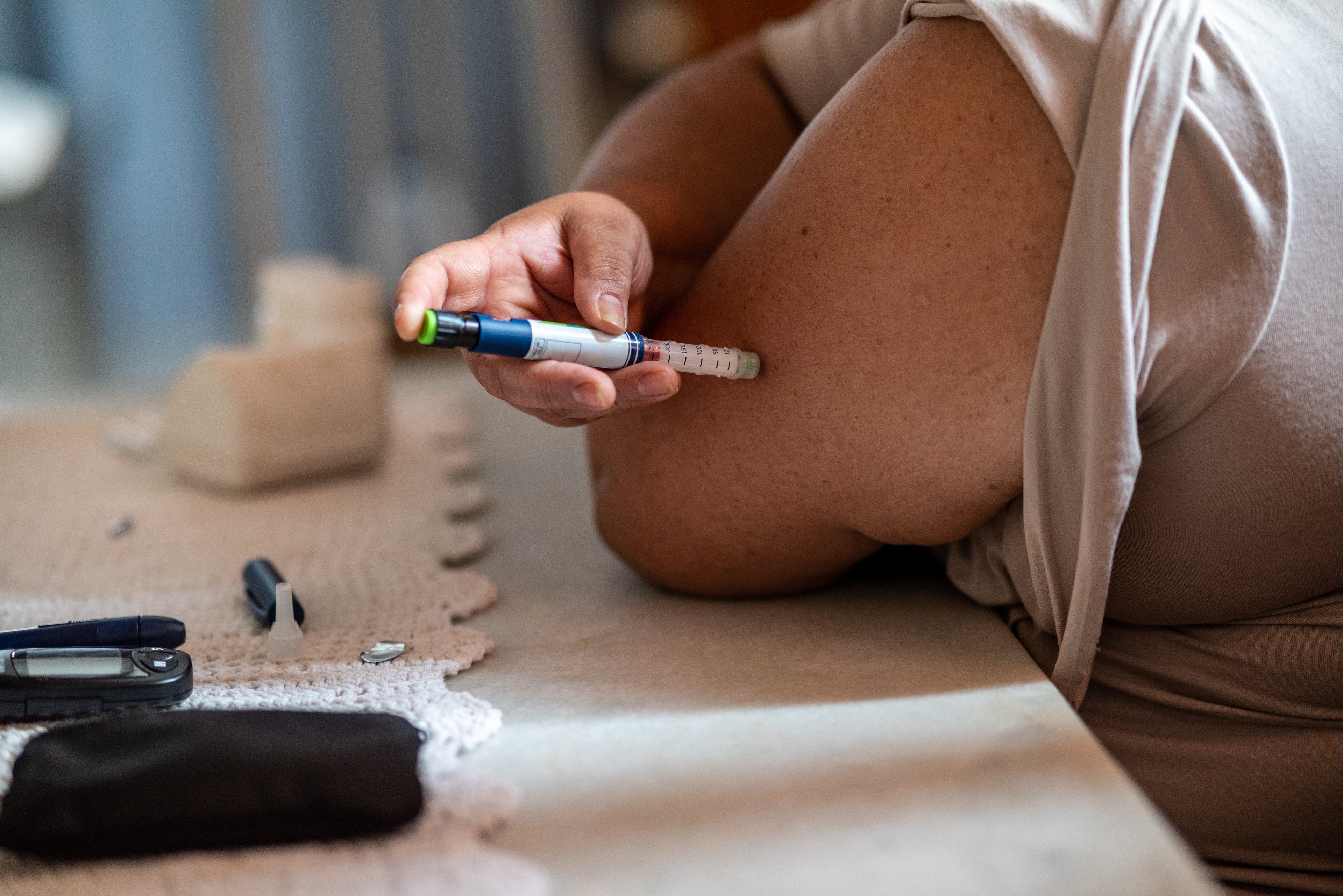
Image source: Getty Images.
Novo Nordisk (NVO +1.70%) reported earnings on Friday, much to the chagrin of investors, but the diabetes specialist has a plan to deal with pricing pressures from insurers and pharmacy benefit managers: innovate and diversify.
Novo Nordisk results: The raw numbers
|
Metric |
First 9 Months 2016 Actuals |
First 9 Months 2015 Actuals |
Growth (YOY) |
|---|---|---|---|
|
Revenue |
82,208 million Danish Krone |
79,051 million Danish Krone |
4% |
|
Operating profit |
37,226 million Danish Krone |
38,319 million Danish Krone |
(3%) |
|
Net profit |
29,226 million Danish Krone |
26,602 million Danish Krone |
10% |
Data source: Company press release. YOY = year over year.
What happened with Novo Nordisk this quarter?
- Revenue growth for the first nine months of the year was hurt by the stronger Danish Krone. In local currencies, revenue increased 6% year over year.
- Novo Nordisk continues to see pricing pressure for its older insulin products. Sales of its top-selling insulin NovoRapid, for instance, fell 4% in Danish Krone and even registered a 2% year-over-year decline in local currencies during the first nine months of the year.
- There have been some bright spots so far this year. Sales of next-generation insulin Tresiba nearly tripled in local currencies during the first nine months of the year as the drug launches in new markets. And sales of its GLP-1 drug, Victoza, continue to increase, up 13% in local currencies.
- Novo Nordisk's updated version of Victoza, semaglutide, which only has to be taken once a week, produced a significant reduction in the risk of major adverse cardiovascular events by 26% compared to placebo when added to other medications the patients were taking.
- In September, Novo Nordisk announced layoffs to reduce its costs, a prudent move give the difficult environment for insulins.
What management had to say
With the increasingly challenging payer environment, Lars Rebien Sorensen, Novo Nordisk's president and CEO, commented on the company's plan to deal with the issue: "Going forward, we will apply an even higher innovation threshold for progressing R&D projects. We will further intensify exploration of current assets in adjacent disease areas of high unmet medical need."
Mads Krogsgaard Thomsen, Novo Nordisk's chief scientific officer, gave a little more detail on those potential adjacent disease areas, including the potential for licensing programs from biotechs: "We'll focus on disease areas adjacent to diabetes, including end organs such as the liver, kidneys and cardiovascular system as far as this would significantly strengthen our activities for accessing novel project in the above areas as well as generally enhancing external academic collaborations and strategic alliances in the pursuit of new biologic drug targets."
Looking forward
Management estimates that the pricing pressure will have a negative 2% to 3% impact on sales in future years, which isn't horrible, but it's hard to produce substantial growth when a company has to start by digging out of a hole. Given the headwinds, management lowered its long-term goal of operating profit growth of 10% year over year down to an average of 5%.
Since pharmaceuticals have such long development times, it's quite hard for drug companies to pivot on a dime and move into a new growth area. Fortunately, even with the pricing pressure, Novo Nordisk is generating plenty of free cash flow -- expected to be in the range of 38 billion to 41 billion Danish Krone (about $5.7 billion $6.1 billion) this year -- that could potentially provide growth in the near- and medium-term through acquisitions and partnerships.






